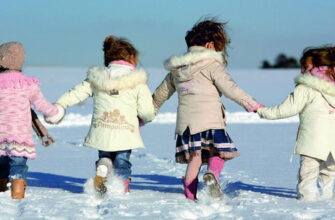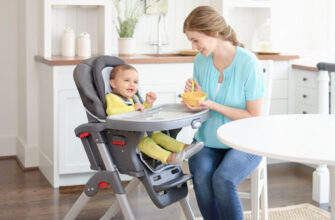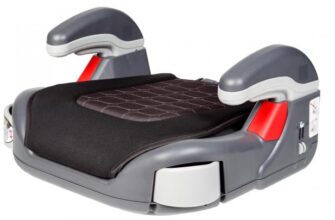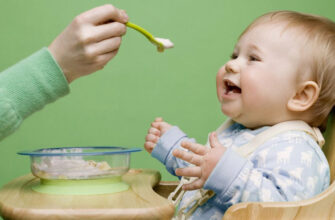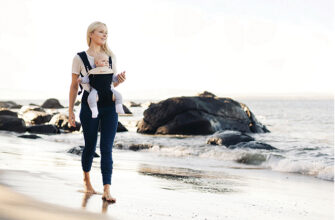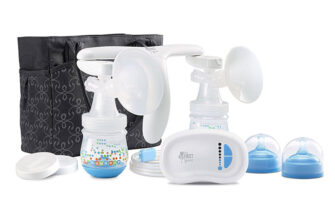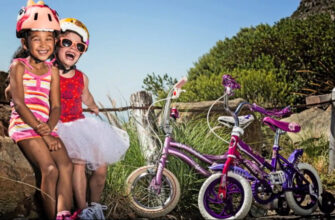It is not enough to know the diaper size and weight in order to choose the best 'protection' for your baby. You also need to consider the type of diaper, material, gender of the child and other important details – which ones, you will find out in this article.
- Types of diapers
- Standard disposable diapers
- Advantages
- disadvantages
- Panties-diapers
- Advantages
- disadvantages
- Night diapers
- Advantages
- disadvantages
- Cloth reusable diapers
- Advantages
- disadvantages
- Swimming diapers
- Advantages
- disadvantages
- Diapers for boys and girls
- How to choose diaper size
- What to look for when buying a diaper
Types of diapers
Standard disposable diapers
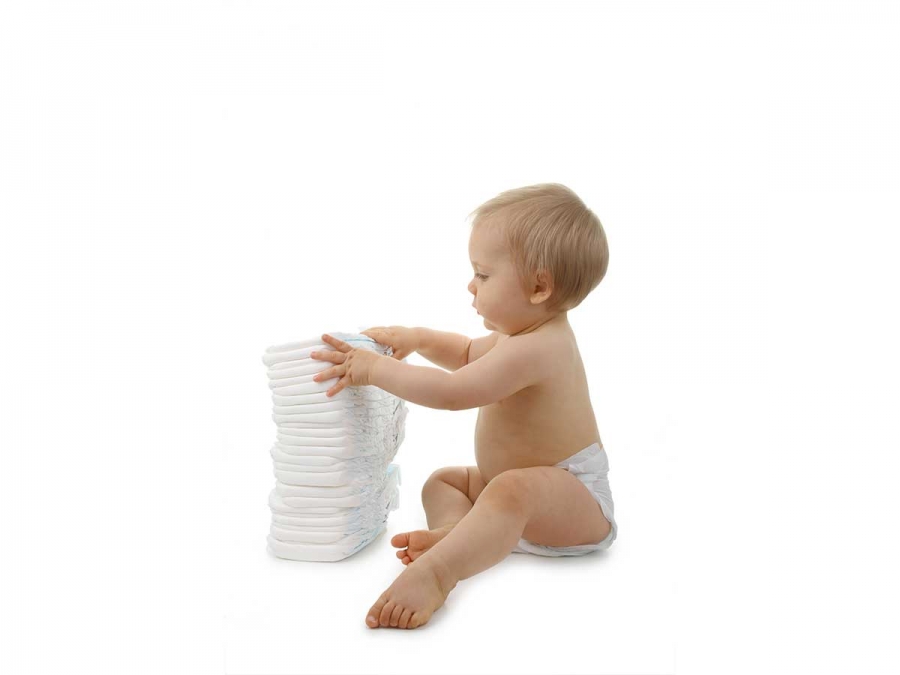
This is the most popular type of underwear for children. In the first months after birth, a baby may need 6 to 12 diapers per day, at least 186 diapers per month. Over time, this number decreases, and the baby needs 3-10 diapers every 24 hours. Therefore, most parents prefer disposable models that do not need to be washed or ironed.
These diapers are usually made from cellulose. They fit snugly to the baby's body due to special Velcro fasteners or elastic bands and allow the child to move freely, protecting against leaks. Preference should be given to models with reusable fasteners, so that you can check the dryness of the diaper and re-fasten it.
Disposable diapers are composed of three layers:
-
The inner layer. Permeates moisture, but stays dry. Sometimes a special cream is applied to it, which protects the baby's skin from irritation.
-
Middle layer. Consists of materials that gel when wet. The baby's discharge accumulates in it.
-
Outer layer. Prevents liquid from leaving the diaper.
Some diapers have a full indicator. It turns into a different color after the crumb has done its job.
Newborn diapers often have a belly button notch to prevent chafing on the belly ring. Usually they are designed for 2-5 kg babies. Sometimes mothers have to fold the diaper themselves so that it does not touch the healing navel.
Advantages
-
Easy to fold after use with Velcro. Some models have a special fixing strap to help roll the diaper.
-
Your baby's skin remains dry even after using the toilet. Some models absorb liquid stool from your baby.
-
A fresh diaper is practically invisible under the clothes.
-
Compact and lightweight (dry diaper weighs 30-40 g), take up little space in your purse or stroller.
disadvantages
-
Price. Due to the fact that you need a lot of diapers, buying disposable models is 'expensive'.
-
Some diaper fillers tend to clump when wet.
-
The child may develop an allergy to a certain brand of diapers.
-
Not recommended for premature babies and babies with dermatitis, exudative diathesis, fever and high fever.
-
Have a negative impact on the environment. To create disposable diapers for a baby (for the entire period of use), you need about 4-5 trees. In addition, it can take 200-500 years for a single diaper to decompose naturally.
It is believed that the constant use of disposable models can lead to overheating of the child's genitals. But research by scientists has shown that the temperature under a wet reusable diaper is higher than under a disposable.
Panties-diapers
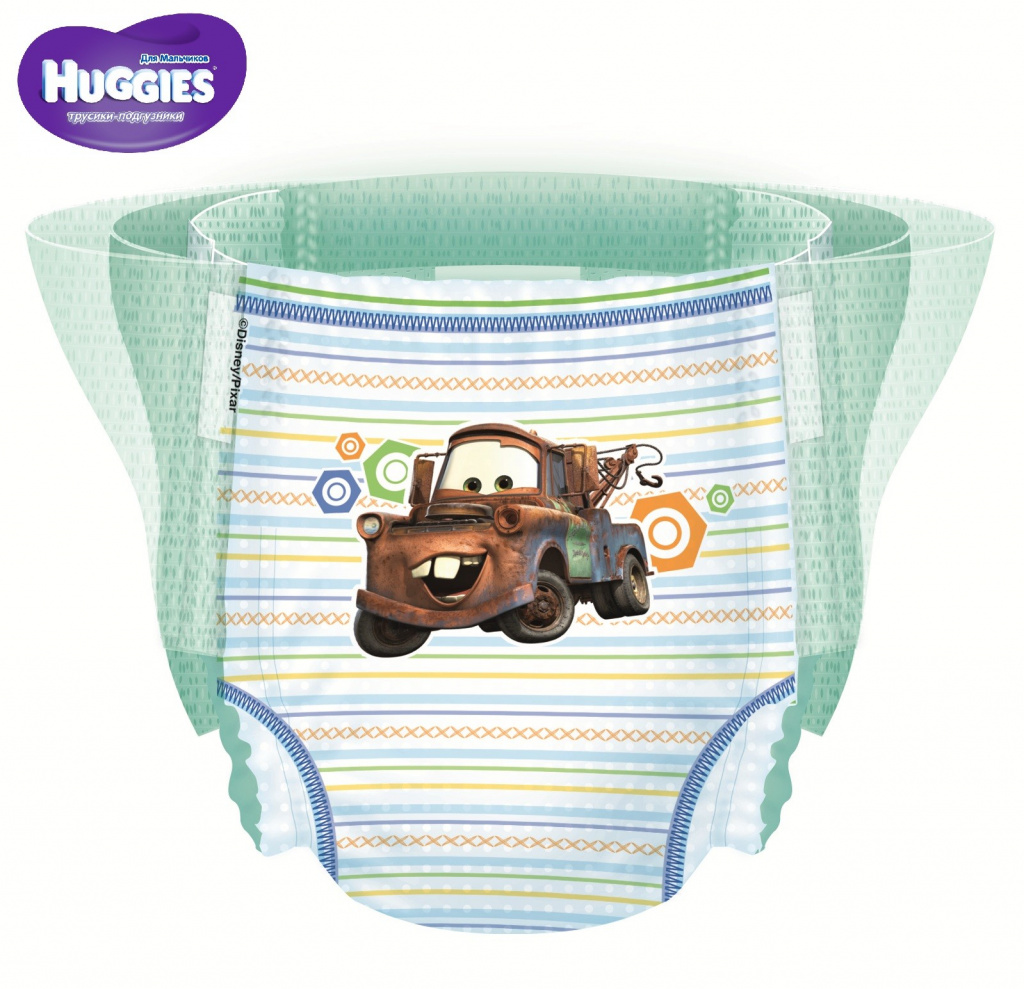
Disposable diaper panties are used for potty training. Most suitable for crawling toddlers and toddlers. They are less absorbent. Due to this, the baby feels moisture and discomfort. This helps him to respond correctly to natural urges and allows him to sit on the pot faster.
Panties have the same pros and cons as standard disposable diapers. But they also have their own characteristics.
Advantages
-
Compared to standard Velcro models, it is easier to remove or put on a child.
-
They help to avoid 'trouble' if the kid did not manage to reach the pot.
-
They do not slip and do not put pressure on the tummy.
-
Suitable for active and restless toddlers.
disadvantages
-
Less absorbent capacity. They proceed more often than usual.
-
It is not necessary to remove the panties-diapers through the legs (so there is a risk of smearing both the baby and the surrounding objects). They are torn at the side seam.
Night diapers
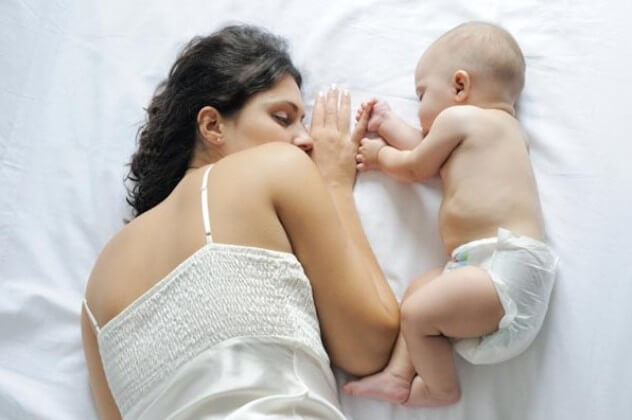
Night diapers are disposable and reusable. Disposable models have more absorbent layer, which means that one diaper is enough for the whole night. They are larger and thicker than standard ones. And reusable earbuds absorb more moisture than regular ones.
There are also models of disposable nappies that are designed for children from 3 to 15 years old, suffering from enuresis. They are thinner than usual, do not rustle under clothes. Therefore, the child does not worry that someone will find out his 'secret'.
Advantages
-
The child can drink a lot of water at night, but the mother does not have to get up and change the diaper three times a night.
-
Helps children with urinary incontinence get rid of the shame associated with their illness.
disadvantages
- Suitable for night use only.
Cloth reusable diapers
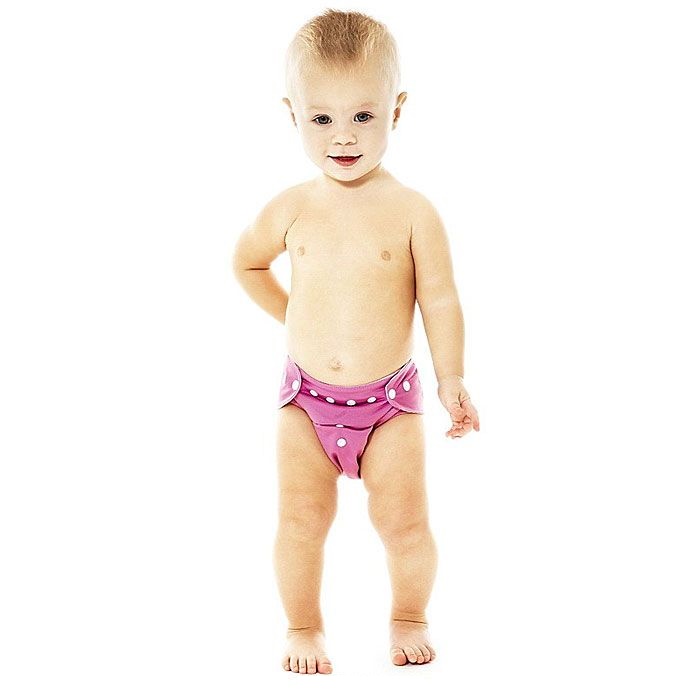
Reusable diapers usually consist of a fabric base (panty) and absorbent liners. The inner layer is made of natural materials with high permeability. Often made from microfiber or cotton. Liners can be disposable and reusable. Diapers are available with buttons and Velcro.
These products are designed for multiple washing in manual and automatic mode. They should be washed after each bowel movement.
Advantages
-
Price. It's cheaper to buy a batch of reusable diapers and liners than to buy disposable models for several years, even taking into account the cost of detergents.
-
Can be used for multiple children.
-
Good air permeability.
-
They do not cause allergic reactions.
-
Environmentally friendly product. Easy to recycle.
disadvantages
-
Need to change frequently.
-
It is inconvenient to use on the road and away.
-
They need to be washed and some need to be ironed.
-
A baby may develop diaper dermatitis if diapers are changed in a timely manner.
-
They leak and go astray if the baby is active.
-
They look bulky on a child. Hard to hide under clothes.
Swimming diapers
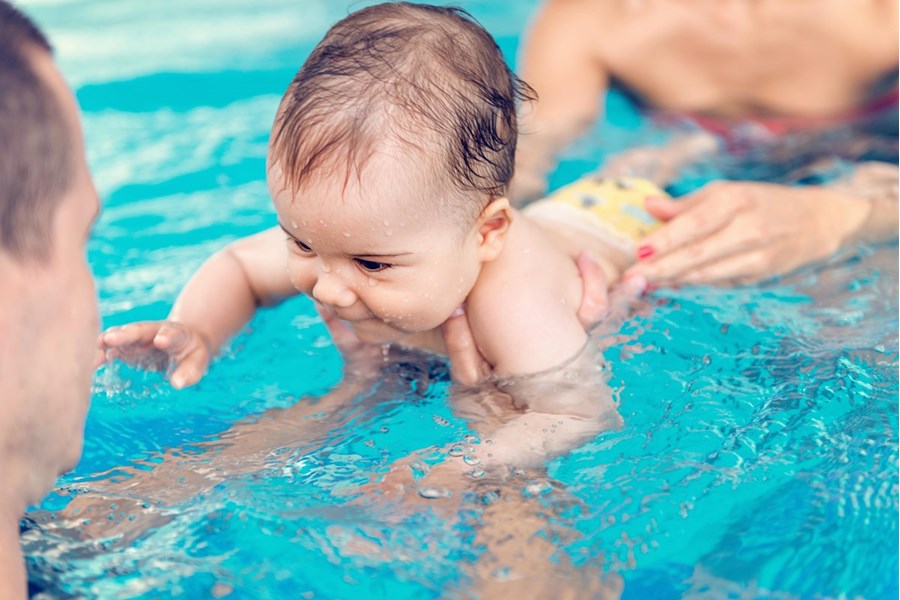
The outer layer of swimming diapers prevents water from entering and baby's faeces from outside. This type of underwear does not have Velcro fasteners, but is held with elastic bands, tightly wrapping around the tummy and legs. Therefore, being in the water, the baby does not lose his clothes.
Swimming diapers are disposable and reusable. All models are soft to the touch and do not harm baby's skin. They do not swell in water and do not chafe feet. Sometimes disposable products are used twice. To do this, you need to squeeze out the water, dry it, and the diapers will be as good as new.
Advantages
-
Suitable for use in open waters and swimming pools.
-
Suitable for children weighing 3-18 kg.
-
Easy to take off and put on.
disadvantages
- Not intended for everyday wear.
Diapers for boys and girls
There are models for boys or girls only. They are associated with the structural features of the child's genitourinary system. In diapers for boys, the absorbent layer is in the front of the product, and in girls – in the middle of the model. There are also general-purpose products in which the absorbent gel is evenly distributed throughout the product.
How to choose diaper size
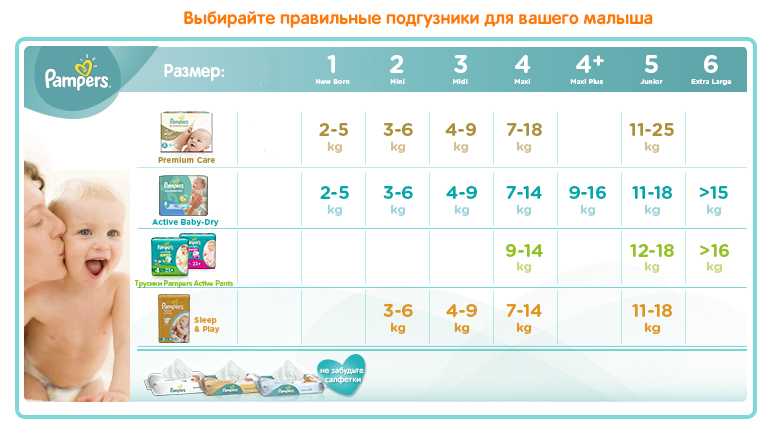
The size of the product can be determined by the weight of the baby. The size and weight category of the baby must be indicated on the package. Manufacturers often use the following system:
-
'0' size or SSS (1-3 kg);
-
'1' or SS (2-5 kg);
-
'2' or S (3-7 kg);
-
'3' or M (5-10 kg);
-
'4' or L (9-18 kg);
-
'5' or 'Big' (15-25 kg);
-
'6' (16-35 kg);
-
'7' (over 19 kg), up to 9 years old.
What to look for when buying a diaper
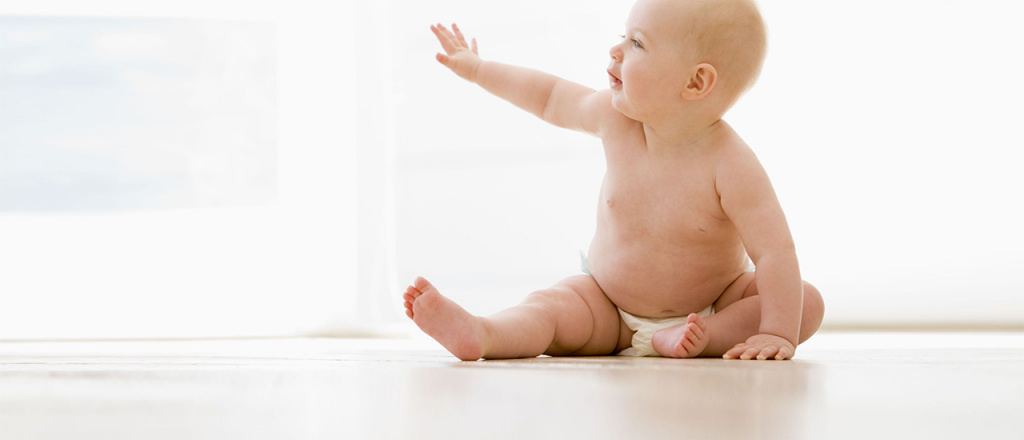
Before buying diapers for future use that you have not used before, take a few pieces or a small 'sample' bag. It is possible to find the correct size only by experience. For example, if your child is thin and tall, a smaller diaper may be suitable for him than you calculate according to the manufacturer's table. When the weight of the crumbs corresponds to the upper limit of the weight indicated by the manufacturer, it's time to move on to the next size.
Remember, that:
-
The diaper should not pinch the baby's legs and tummy.
-
Breathable diapers should be used and polyethylene should be avoided. This will help reduce the likelihood of diaper rash and allergies.
-
Expired goods cannot be used, because they lose their effectiveness.
-
Choose products from trusted manufacturers. Diapers must pass quality and safety checks.
If the product starts to leak, then:
-
It's time to upgrade to a larger size;
-
The diaper is not worn correctly;
-
The product is too large.
!
In the following articles, our experts will tell you how to properly playpen and the secrets of choosing a sunscreen for your baby.
Attention! This material is the subjective opinion of the authors of the project and is not a purchase guide.


